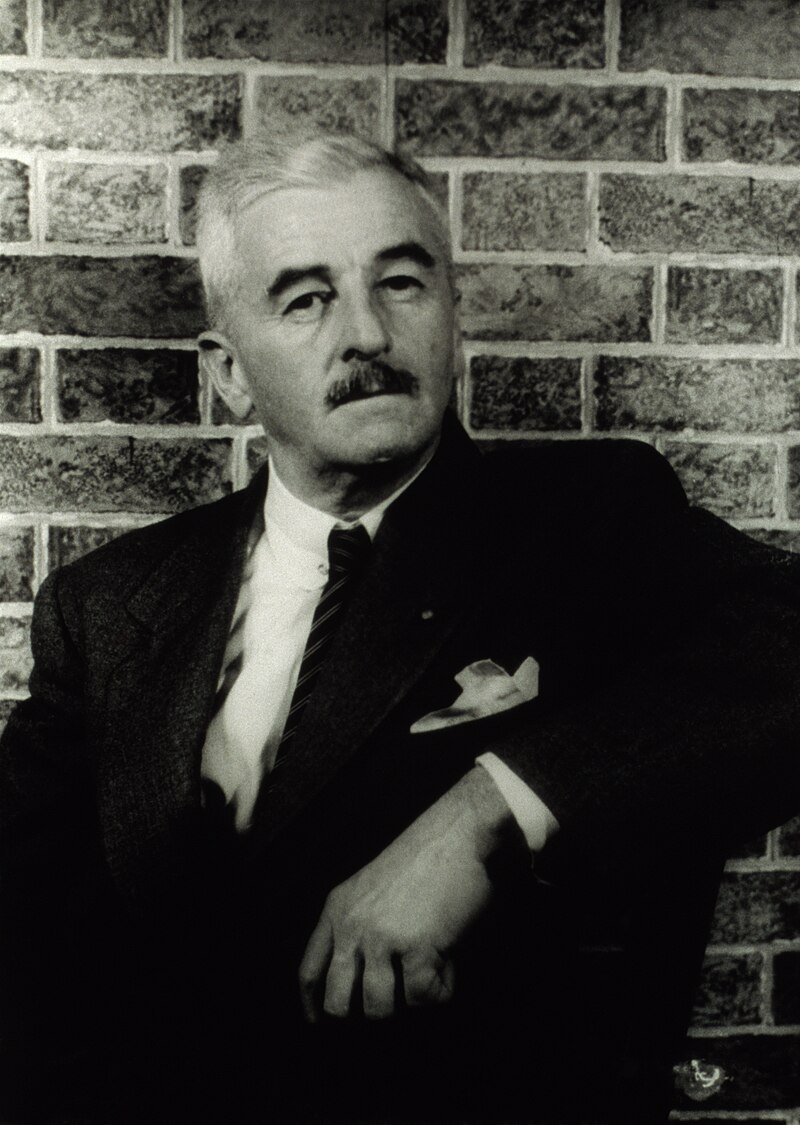This day always brings to mind the remarkable coincidence that I share this birthday with two of my favorite personalities from the world of the arts. Studying them in depth came later in my life and it's only been in the last fifteen years that I realized September 29 was a big day we shared. It's a coincidence from somewhere in the stars beyond time. I don't want to attempt an explanation. And there's no delusion here, my friends, I will never approach their genius. Not sure I'd want to. I'll simply leave it at that and let this post unfold.
So who are these two artists? They are Walter Inglis Anderson and George Gershwin. I discovered Anderson on my own in the 1970s during the dedication of a National Park Service visitor center in Ocean Springs, Mississippi. The award-winning center featured architectural elements incorporating his motifs as well as interior displays of his nature paintings, island journals, and other books. The building itself was a work of art emerging from the salt marsh at the edge of Davis Bayou. Unfortunately, the center was destroyed by Hurricane Katrina. In regard to George Gershwin, I had an ear for him very early in life as my mom and dad enjoyed listening to his work on radio, records, and television.
 |
| Walter Inglis "Bob" Anderson, Self-Portrait, ca. 1941 |
 |
| George Gershwin in 1937 |
 |
| Frogs, Bugs, Flowers Walter Anderson, ca 1945 |
Walter Inglis Anderson, was born on September 29, 1903 in New Orleans. After training at the Pennsylvania Academy of Fine Arts in the mid-1920s, he spent most of his career associated with Shearwater Pottery, a family enterprise founded in Ocean Springs, Mississippi. Though deeply troubled with mental illness for much of his life, he produced thousands of vivid works of art - often called "abstract realism" - seeking to celebrate the unity of human existence with nature. I often describe his work as decorated illustrations that play freely with figure and ground and the positives and negatives of visual perception. His realizations of nature explode in the mind's eye. Observing Anderson is a meditative experience. Visit the Walter Inglis Anderson Museum of Art site to learn more about the life and work of this regional artist whose work has only recently has taken on national significance.
Today I begin my 75th year still deeply immersed in the amazing output of fellow Librans Anderson and Gershwin. Although I'm perfectly happy not to share their fame, I'm honored to share their interpretations of the American experience with anyone. And what fine interpretation they are.
Sources
Photos and Illustrations:
Walter "Bob" Anderson, Self-portrait, 1941. Walter Anderson Museum of Art, Ocean Springs, Mississippi.
Frogs, Bugs, and Flowers, Walter Anderson, ca 1945. Repository: Roger H. Ogden Collection. Copyright held by Roger H. Ogden.
































